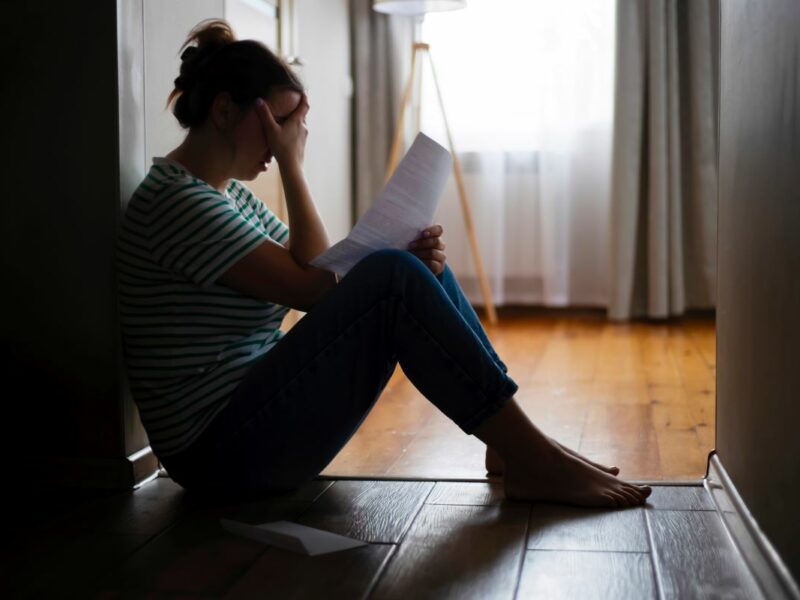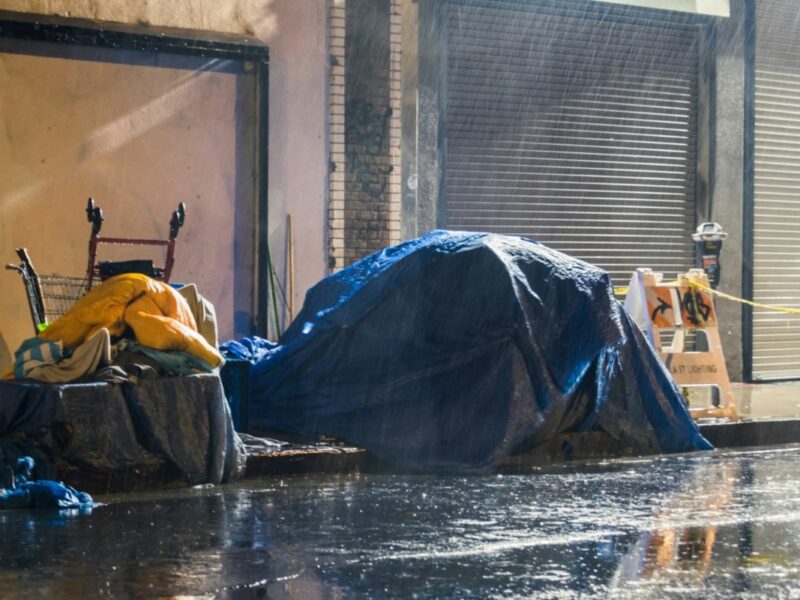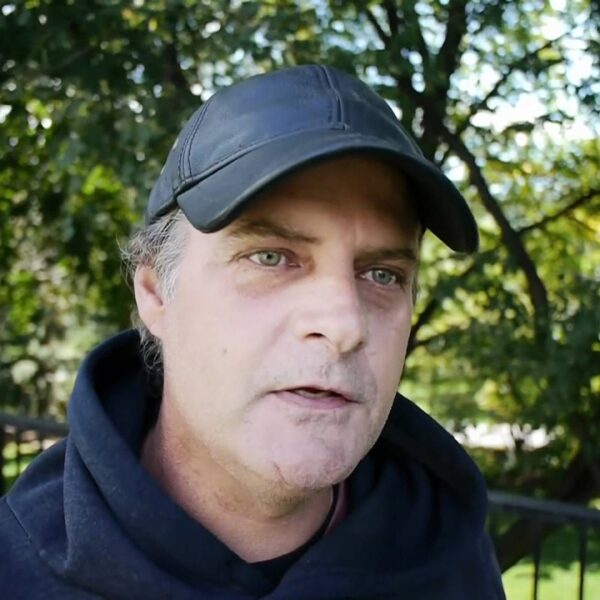Public officials nationwide have stepped up their attacks against unhoused folks as rates of unsheltered homelessness climb in cities from Los Angeles to New York. Advocates warn that such violent rhetoric can lead to real-life consequences for unhoused people, including serious injury or death.
The most recent example of how this cycle works happened in Kalispell, Montana, a wealthy city in northwest Montana. In a recent press release, the Flathead County Sherriff’s Office identified Scott Bryan, 60, who was unhoused, as the victim of a fatal assault that two teenagers allegedly carried out. The attack came just months after Flathead County Commissioners penned a letter that blamed the increase in local homelessness on the county providing warming centers and other shelter options.
“The deliberate attempt by county officials to ‘other’ local houseless people has really accelerated things,” Nathan Dugan, who is running for a city council seat in nearby Whitefish, Montana, told Invisible People in an interview. “They want to portray all the unhoused as people that came to Montana from somewhere like California instead of addressing the fact that home prices have risen dramatically in Montana since the pandemic began, and that’s pushing people into homelessness.”
County officials told NBC Montana that the letter was “not an attempt to punish our local citizens who may be struggling with housing or other issues.” Still, they added that the increasing number of unhoused people in Kalispell is due to them receiving “free services” and not the rapid increase in home prices.
Data from Realtor.com shows that the median home price in Kalispell is more than $675,000, representing a climb of more than 8% year-over-year. The average rent in the city has also increased by nearly 9% year-over-year, up to $965 for a one-bedroom apartment.
Spread of Violent Rhetoric Isn’t an Isolated Incident
Montana is hardly the only state where public officials have spread violent rhetoric against unhoused folks. One of the most memorable incidents happened in New York City in May when a subway rider choked Jordan Neely, a 30-year-old unhoused person, to death while riding the F Train.
New York City Mayor Eric Adams said that Neely “didn’t deserve to die” in a speech about nine days after the event. Still, some experts said that Adam’s history of calling for unhoused folks to be involuntarily committed to mental health treatment and his lack of support for bills that would provide more services for homeless people are part of the problem.
The Coalition for the Homeless’ Deputy Executive Director for Policy, Shelly Nortz, said in a statement shortly after Neely’s murder that his death resulted from how unhoused folks are treated in New York City.
“When this population is demonized, it is tantamount to giving vigilantes the opportunities and the blessing to take the law into their own hands,” Nortz said.
The Leading Cause of Homelessness is the Lack of Affordable Housing, Not Addiction, Not Mental Health Issues
Adams isn’t the only public official in America who holds such views of unhoused people. Republican Oklahoma Gov. Kevin Stitt recently disbanded the state’s Interagency Council on Homelessness in April, saying that solving homelessness is not by “giving people free stuff.”
Instead, Stitt rehashed several disproven myths about homelessness, like that homelessness is caused by drug addiction and mental health issues, not the lack of affordable housing.
“People need jobs. People need jobs. They need mental health (care) that they need,” Stitt told the nonprofit newsroom NonDoc. “There’s the drug addiction, and there’s people out there who, for whatever reason, are refusing to get the help that they need.”
To Dugan, these incidents show how important it is for local governments to have strong support systems for people who’ve lost their housing. Dugan said that he would work to expand Whitefish’s number of services and shelter beds if elected to the city council. Otherwise, unhoused folks in Whitefish will continue to be sent to Kalispell, which Dugan says has become increasingly inhospitable.
“Solving this issue is going to take advocates standing up and saying that the way we’re treating the unhoused is unacceptable,” Dugan said. “We need people to realize that they could end up houseless too if they lose their family support, job, or health care.”
How You Can Help
Now is not the time to be silent about homelessness. Unhoused people deserve safe and sanitary housing just as much as those who can afford rent or mortgage.
Poverty and homelessness are both policy choices, not personal failures. That’s why we need you to contact your officials and tell them you support legislation that:
- Streamlines the development of affordable housing
- Reduces barriers for people experiencing homelessness to enter permanent housing
- Bolsters government response to homelessness
Together, we can end homelessness.













